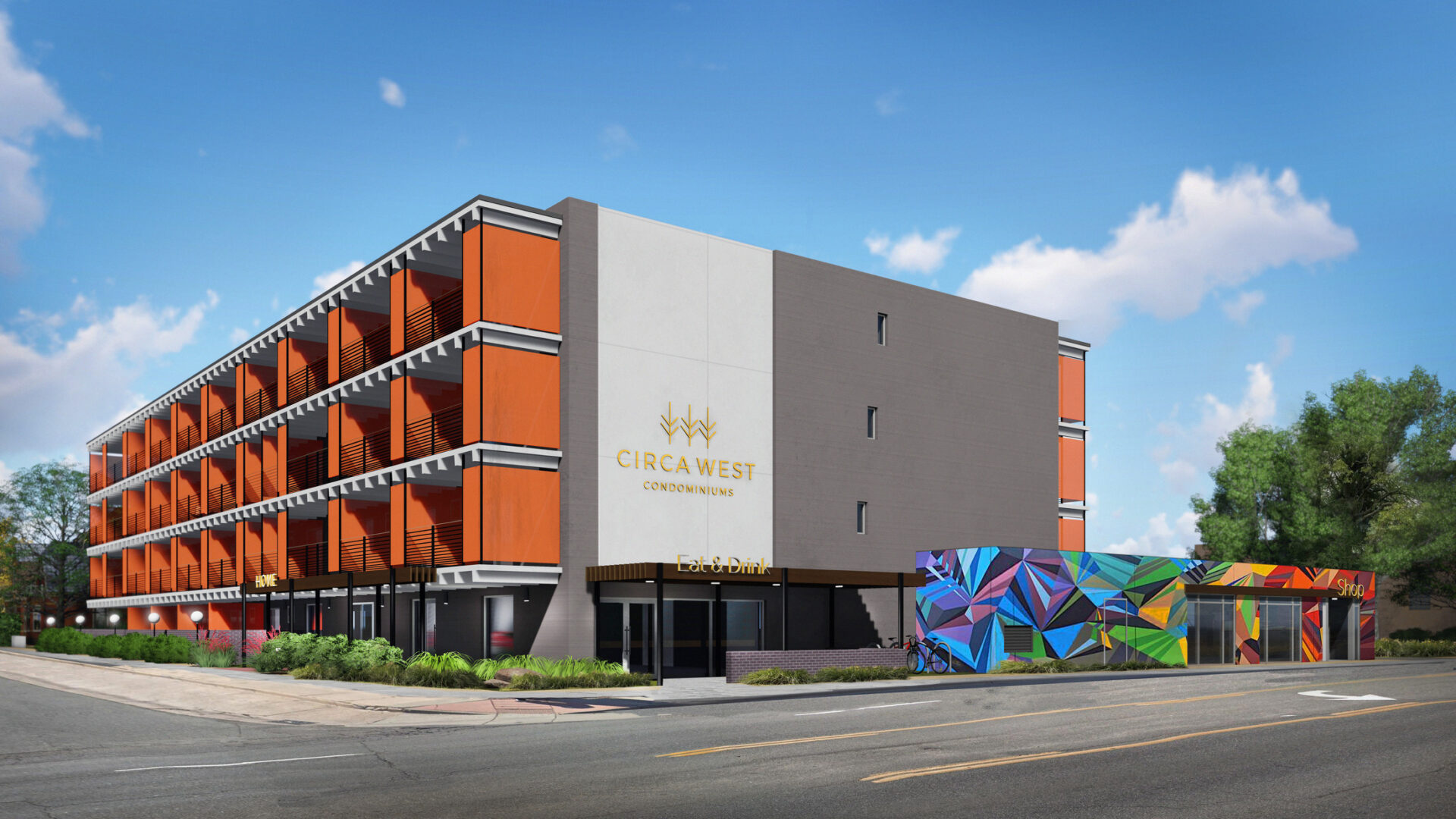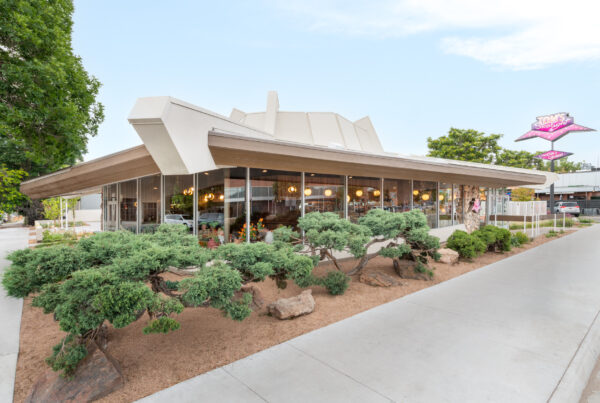What do we do with aging buildings and how do we create attainable housing? For many situations, these two questions can be answered with the same solution: convert the building into condominiums. Flywheel Capital implemented this solution at Circa West Condominiums, located at 4600 W. Colfax Ave. The property was previously a Four Winds Best Western hotel, and later a senior housing community. In 2019, with help from our firm and The Agusta Group, the property was converted into 64 entry-level condominiums with prices starting at $175,000.
This project provided several challenges and opportunities unique to this type of conversion project. Throughout the process, several lessons for future condominium conversions came to light, including the importance of site selection, infrastructure, and the existing character of the property and building.
Site Selection is key
The surrounding area must be able to support the new residential use and appeal to potential buyers. For Flywheel Capital, this meant choosing a site in a rapidly growing area of Denver with existing infrastructure and a location along a major thoroughfare. While the site provided many opportunities, it was not without its challenges. A neighboring lot intended for some of the parking could not be utilized, but this challenge was mitigated by the site’s location directly on a major RTD bus route.
In addition to site selection, adequate, reusable, and existing infrastructure must be in place. For Flywheel Capital, this was the biggest challenge and opportunity. While the building’s former use as a hotel and senior housing community provided the basic infrastructure for condominium conversion and its non-historic status allowed for flexibility in design, there were still several unknowns. “The biggest challenge was trying to reuse as much of the existing floor plans and infrastructure while dealing with unforeseen conditions,” said Ben Hrouda, managing partner for Flywheel Capital.






